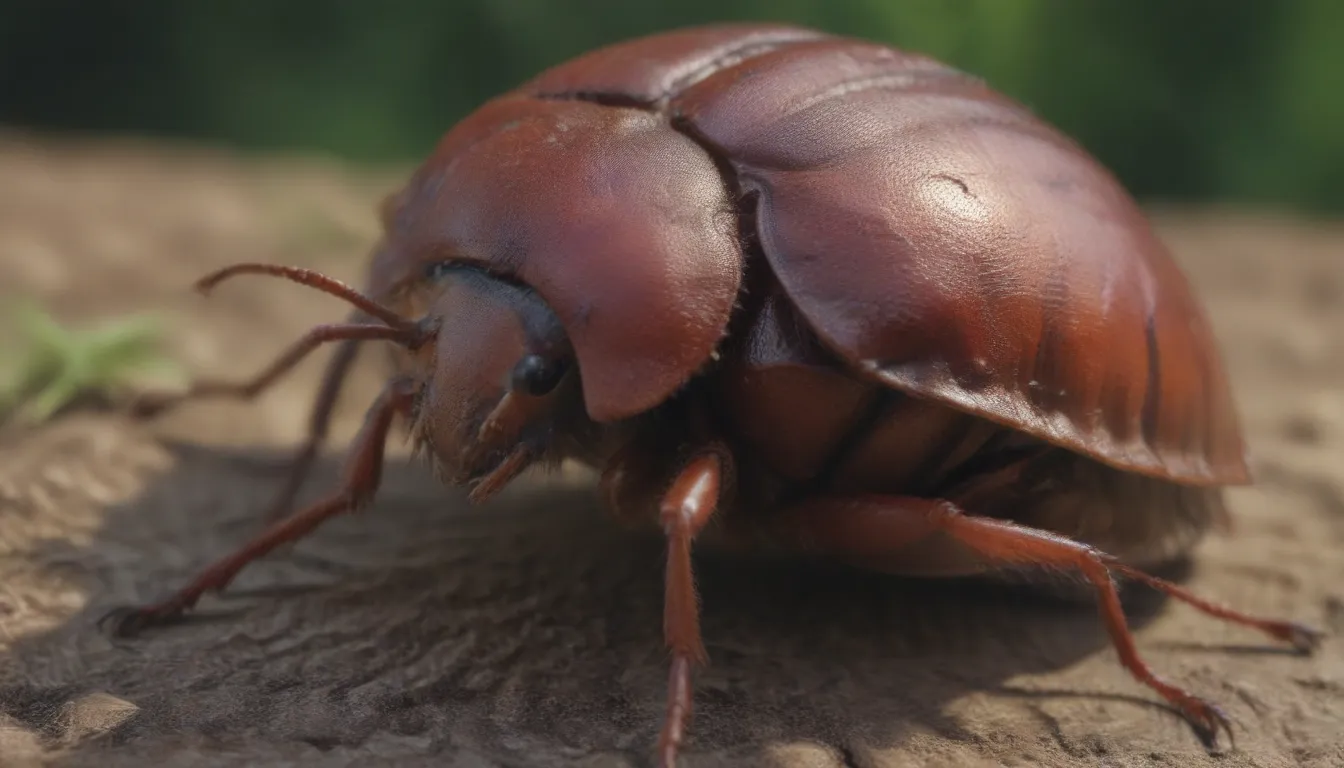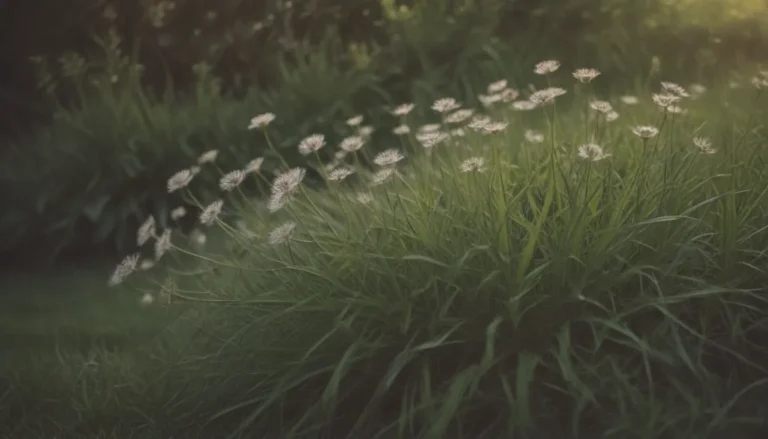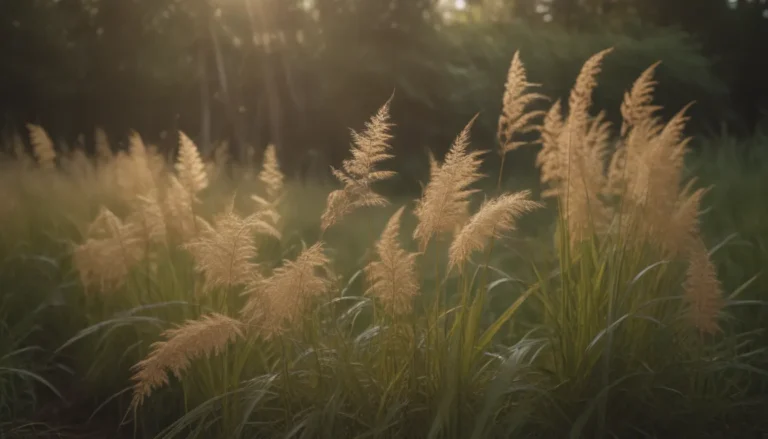How to Effectively Eliminate June Bugs from Your Yard: Comprehensive Guide

Have you ever been enjoying a quiet evening on your porch, only to be interrupted by a large flying insect buzzing around you? If that insect happened to be a beetle, specifically a June bug, you’re not alone. June bugs, also known as June beetles or May bugs in some regions, are part of the Phyllophaga genus. These reddish-brown bugs with hard wings can startle you, but did you know they actually serve a purpose in nature as food for wild animals and birds?
While June bugs don’t pose a direct threat to humans, their presence can wreak havoc on your lawn and garden. The real problem lies in the larval phase of these insects, known as white grubs, which feed on the roots of lawns and other plants. To protect your green spaces from damage, it’s essential to learn how to effectively get rid of June bugs once and for all.
In this comprehensive guide, we’ll delve into the world of June bugs, exploring their life cycle, signs of infestation, and most importantly, five practical methods to eliminate them from your yard. Let’s get started!
Understanding June Bugs and Their Impact
Before diving into the methods to eradicate June bugs, it’s crucial to understand their habits and the damage they can cause. Here’s what you need to know:
What Attracts June Bugs?
June bugs are more likely to infest lawns with a heavy population of grubs, which thrive in thick thatch and chemically-treated landscapes. The use of pesticides eliminates natural predators of June bugs, while dense root systems from excessive fertilization provide a feast for grubs.
The Life Cycle of a June Bug
The life cycle of a June bug varies depending on the species, typically spanning one to three years from egg to adult. Adult June bugs lay eggs in the soil, which hatch into grubs that feed on plant roots. The grubs then burrow deeper into the soil during winter before emerging as adult beetles in the spring.
Signs of June Bugs and Their Grubs
Keep an eye out for signs of June bug infestation, including flying beetles, brown patches on your lawn, small holes in the grass, mole activity, and ragged holes in plant leaves. Confirm their presence by inspecting the soil for grubs or the plants for adult beetles.
Effective Methods to Eliminate June Bugs
Now that you’re familiar with June bugs, here are five proven methods to eradicate them from your yard:
1. Adult June Bug Trap
For minor infestations, setting up an adult June bug trap can help reduce their numbers naturally. Create a simple trap using a mixture of molasses and water or opt for commercial beetle traps. Trapping adults prevents them from reproducing, disrupting the cycle.
2. Apply Beneficial Nematodes
Introduce microscopic soil worms called nematodes to feed on the larvae of June bugs and other harmful pests. Choose species like Heterorhabditis bacteriophora for effective grub control. Apply nematodes when grubs are active and water them into the soil for best results.
3. Apply Milky Spores
Another organic solution is milky spores, a bacterium effective against various grub beetles, including Japanese beetles. Apply in the fall when grubs are near the soil surface. Multiple applications may be needed to eliminate severe infestations over time.
4. Apply a Curative Insecticide in September
In cases of severe infestation, consider using a curative insecticide containing carbaryl or trichlorfon in September. These chemicals kill grubs at different life stages, significantly reducing the next year’s June bug population. Ensure thorough watering to minimize risks to humans and the environment.
5. Apply a Preventive Insecticide in June or July
Preventive insecticides containing imidacloprid or similar active ingredients can target newly hatched grubs in early summer. Apply with precision timing to maximize effectiveness and prevent mature grubs from causing damage.
Tips for Preventing June Bugs
To prevent future June bug infestations, follow these tips to control white grubs in your lawn and garden:
- Keep outdoor lights off to avoid attracting June bugs at night.
- Regularly inspect plants for signs of beetle activity.
- Remove Japanese beetles by hand and eliminate them to prevent damage.
- Avoid overusing pesticides and fertilizers that can disrupt the natural balance in your ecosystem.
By implementing these strategies, you can protect your green spaces from the ravages of June bugs and ensure a healthy, thriving landscape.
In conclusion, June bugs may be harmless individually, but their presence can wreak havoc on your lawn and garden if left unchecked. By understanding their life cycle, signs of infestation, and implementing effective eradication methods, you can reclaim your yard from these pesky insects. Remember, maintaining a balanced ecosystem and natural pest control methods are key to long-term success in managing June bugs. So, go ahead and take charge of your yard by bidding farewell to these unwanted visitors!





